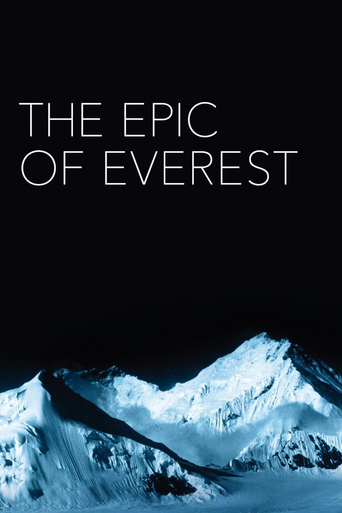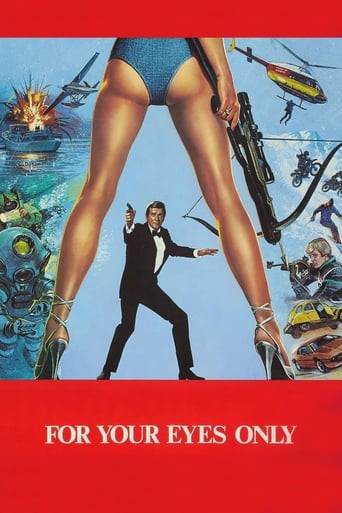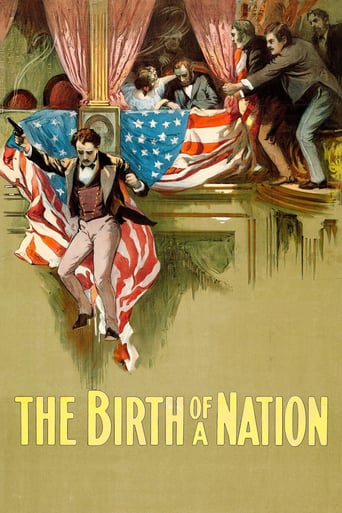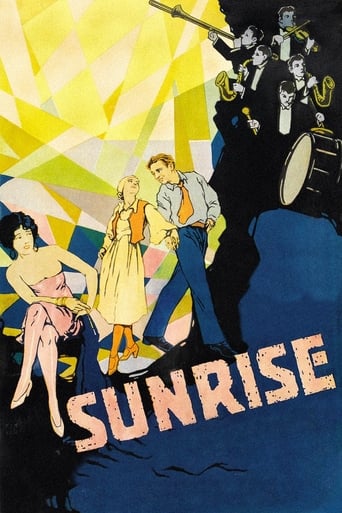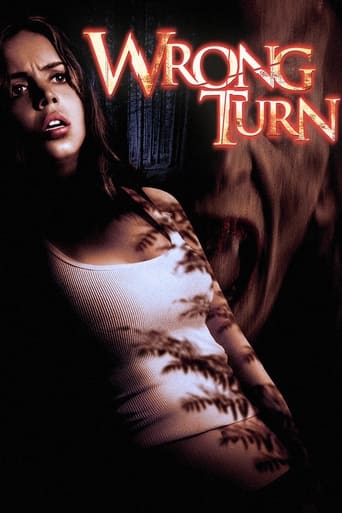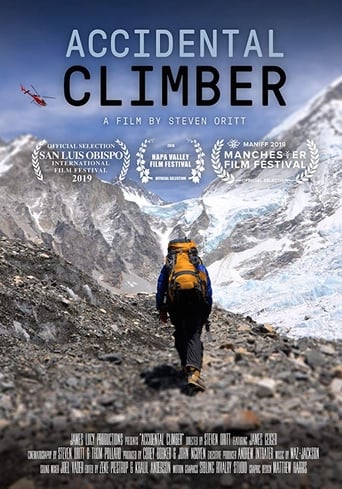The Epic of Everest (1924)
The official record of Mallory and Irvine's 1924 expedition. When George Mallory and Sandy Irvine attempted to reach the summit of Everest in 1924 they came closer than any previous attempt. Inspired by the work of Herbert Ponting (The Great White Silence) Captain Noel filmed in the harshest of conditions, with specially adapted equipment, to capture the drama of the fateful expedition.
Watch Trailer
Cast


Similar titles
Reviews
Too much of everything
Excellent, Without a doubt!!
After playing with our expectations, this turns out to be a very different sort of film.
Story: It's very simple but honestly that is fine.
One hundred years before our present era of Facebook and Instagram, George Mallory and his fellow mountaineers took a camera crew with them to record their attempt on the then-unconquered Mount Everest. Famously, they nearly succeeded but Mallory and his companion Sandy Irvine both died in the summit attempt. It's amazing to watch the film of their expedition, now restored by the Britsih Film Institute. Judged purely as a movie, it has some limitations: the camera work is pretty impressive for its time, but it lacks the colour (and associated sound) of a modern film; in addition, although each filmed scene is described in detail, the full narrative of the mission is less well explained. For example, we're told we're about to see film of a rescue attempt high above the camp, before we've been told that the attempt had even been launched, and the logistics are only ever well explained when they've been directly filmed. Still, the movie allows us to get close to a historic and tragic episode; and to admire the crazy bravery of the men who climbed into the unknown.
John Noel was born in 1890 and he became fascinated by Mount Everest. In 1919, an Everest committee was formed, and in 1922 the first ever Everest expedition was set up. Noel went along and filmed not just the Mountain, but also the beauty of Tibet. Noel had difficulty developing the film on the mountain because it was so cold, but he fought against the elements to develop his film. On the expedition climbers set new altitude records, but the climbers had to turn back unable to attempt the summit. There are clips from this 1922 documentary Climbing Mount Everest shown in Battle for the Himalayas: The Fight to Film Everest. I would very much like to see the 1922 documentary it looks very impressive and it was the first time that Everest had been filmed.In 1924, Noel went back to film another expedition which everyone had high hopes for. Remembering the lessons he had learnt form the 1922 expedition, Noel bought land in Darjeeling, set up a photographic studio and sent his film to be developed there so it was unaffected by the harsh cold on the mountain. This documentary is excellent. Noel uses colour tinting, which helps make you actually feel the cold of the mountain, his film shows how big and awe inspiring Everest is to behold.Noel captures George Mallory and Andrew Irvine beginning their ascent, you see them disappear out of sight and then see a vast cloud of mist envelop the mountain. The most poignant part of the documentary sees a search party set up the signal of a cross on the side of the mountain which meant all hope was lost. It is still unknown to this day whether Mallory and Irvine reached the summit or not. Mallory's body would be discovered on Everest in 1999, Irvine's is still to be found.When they returned to Britain, Noel's documentary of the expedition was shown, but it was to become controversial because he hired Tibetan monks to perform at premieres and this offended Tibet. Their outrage meant that Britain would be denied any further access to Everest until 1933.Noel's documentary is impressive beautiful, interesting and of great historical importance for two reasons. One it is an impressive feat to have filmed on the mountain, for many people his footage was the first time they would have seen Everest. Secondly the documentary shows the ill fated Mallory and Irvine attempting their ascent.Well worth a watch for anyone interested in Mount Everest and for documentary lovers everywhere.
Comprised entirely of silent footage taken during the Mallory and Irvine expedition of 1924.I doubt I'm revealing much of a spoiler when I say it didn't end well. Knowing the fate that befell the young men on the mountain, it makes the footage all the more poignant, particularly the early scenes featuring smiling, optimistic faces at the beginning of their challenge.Although digitally remastered, it's hard to believe your watching footage that is (almost) a century old. The skies, the mountain peaks, and the small, close details captured on film look almost as fresh as anything from the modern era. There is a subtle ambient soundtrack played throughout the film that really adds to both the impressive, otherworldly landscape of wonder and the creeping, inescapable finality of how it will play out. A strangely disturbing mix of the ephemeral and the eternal. (Easily the most pretentious thing I've typed in years!)Brilliant.
Newly restored by the British Film Institute with a specially-composed score, THE EPIC OF EVEREST recounts the failed attempt to scale Mount Everest by Mallory, Irvine and their cohorts. Dating from 1924, the film offers a fascinating insight into attitudes at that time. It begins with a description of arriving in Tibet, and the filmmakers' impressions of the locals; there is a combination of strangeness and colonialism that seems typical of Britain and its people at that time. They considered themselves at once superior to yet somehow inhibited by the presence of different ways of life. As the action unfolds, however, so the tone changes, as the members of the expedition discover just how difficult the task of conquering Everest actually is. Judging from the film, their equipment was rudimentary, to say the least; the mountaineers' outfits of puttees and parkas seems more suited to the Scottish Highlands rather than the Himalayas. In the end the two brave mountaineers who made an assault on the Everest's peak fail to return: the film concludes that perhaps they were thwarted not so much by their own hubris, but by the presence of Everest itself, that resisted any attempt at colonization. This is a fascinating conclusion, perhaps suggesting a gradual dawning in the filmmakers' minds that territories (and peoples) do not automatically submit themselves to imperialist rule. Some of the photography is simply breathtaking, given the equipment available at that time. THE EPIC OF EVEREST is well worth watching as a period-piece as well as an insight into mid-Twenties attitudes and how they could be re-evaluated.

